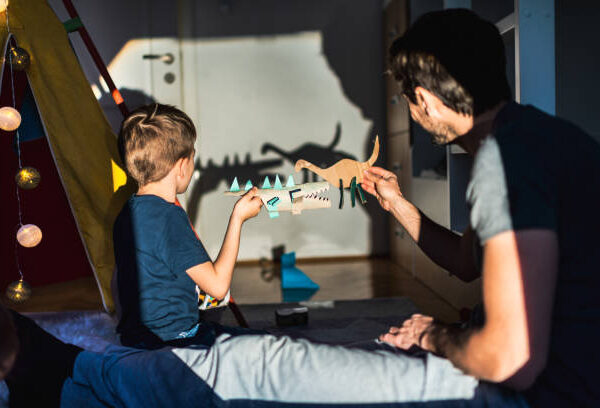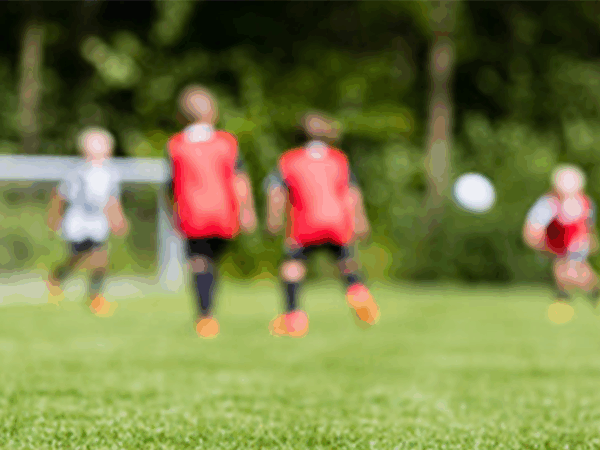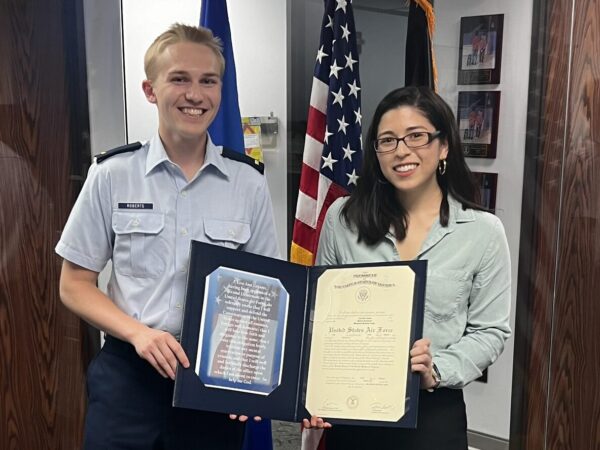It’s in the Genes
We rarely get to see the inner workings of our own bodies. To unravel the mysteries of what’s happening inside, scientists in exercise physiology are exploring the connections between genetics, exercise and health to help promote healthy lifestyles, from the inside out.
In separate studies, Drs. John Lawler, Michael Massett and Christopher Woodman are identifying the genes that influence how people respond to exercise training, examining blood vessel function and investigating cardiovascular disease at the cellular level.
“One thing we’ve focused on in the last 30 to 40 years in the area of exercise, and particularly with aging, is the notion that people are really suited to being active throughout their entire life span,” says Lawler, professor and director of the Redox Biology and Cell Signaling Lab. “We have the genes of hunter-gatherers, and that really hasn’t changed much. So, it means that nearly every day, we should be active.”
Inactivity also activates genes that can lead to or are associated with chronic diseases, such as high blood pressure, atherosclerosis, heart disease, type II diabetes–all things we should avoid.
In children, inactivity is more likely to start turning on genes that lead to type II diabetes and obesity. “We are starting to see early signs of atherosclerosis or heart disease in teens,” cautions Lawler. “That’s scary. We are predisposing ourselves to more children with chronic diseases that may also drive up health care costs. It doesn’t have to be this way.”
The lab is currently investigating the effects of physical inactivity on muscles, the role of pro-oxidants in normal skeletal muscle and whether combination therapies, such as diet and exercise, can reduce the amount of drugs and medication typically used to manage chronic diseases.
Lawler’s goal is to provide the means to manage these diseases, improve peoples’ lives and reduce the time and money spent on trying to cure or eliminate the incidences of chronic diseases.
The interest in exercise and fitness in the U.S. really started in the 1950s. Research studies on soldiers stationed in Europe during World War II found they were getting fewer chronic diseases related to diet, exercise and lifestyle, compared to Americans during the same time.
“By the 1960s, people had begun to exercise more, but the treatments for orthopedic injuries or cardiac rehab were about the same—rest and disuse,” notes Lawler. “What we know now is completely the opposite. While prevention is always important, we need to get active with rehabilitation therapies.”
So, should senior adults expect a sentence of disuse and chronic disease? That is not necessarily the case, even though aging is a big risk factor in all the major chronic diseases.
As people age, underlying chronic diseases—cancer, type II diabetes and cardiovascular disease, can lead to reduced activity and toward skeletal muscle wasting. “We know some of the mechanisms, and those have to do with oxidative stress and inflammation,” says Lawler.
In association with a National Science Foundation project, and in collaboration with a number of labs, they studied data from research on a variety of diving mammals in the wild and rats and mice in a controlled environment. Tracked over a lifetime, the mammals in the wild became larger as they aged, but the muscles adapted. They were a little slower and stiffer due to some fibrosis, but did not have sarcopenia.
“We thought the diving animals would have a lot more oxidative stress and damage when they were older, but they didn’t,” says Lawler. “So, it was frequency of activity, not intensity that mattered over the entire life span.”
As we slow down or with chronic disease, the muscles have a hard time repairing themselves. Part of the repair cycle has to do with environment. A long-term sedentary lifestyle may make it more difficult for muscles to repair. Lawler thinks if they can change the environment, perhaps the muscle can respond better.
For now, Lawler says they don’t have as many weapons as they would like to combat the effects of sarcopenia. But they are beginning to understand the specific proteins that may help preserve muscle function, and developing combination therapies and regimens that may one day lead to a way to slow down or reversal of muscle loss due to aging.
CARDIOVASCULAR HEALTH
For the last 17 years, associate professor Christopher Woodman’s research focus has been on aging. He is currently investigating how the risk of cardiovascular disease increases with age.
Around age 45 for men and age 55 for women, cardiovascular health begins to decline. “What our research reveals is those who exercise regularly over a lifetime can extend the age at which cardiovascular health begins to decline,” says Dr. Woodman. “These same people decline at a much slower rate than their peers who don’t exercise.”
Woodman says they can use exercise to reverse the damage to this system that’s caused by aging that will make one less likely to have heart disease to begin with.
As we get older, the ability for our blood vessels to dilate becomes impaired. Different cells make up the wall of blood vessels or arteries and some of those cells can become dysfunctional. “We’ve identified a particular cell-signaling pathway that becomes damaged with age,” says Woodman. Their current research indicates that exercise can reduce the detrimental effects of aging.
“Exercise is the best medicine,” says Woodman. “If you aren’t exercising – start. If you think you’re too old – you’re not. It’s never too late to start exercising. The benefits are too numerous to count.”
With funding support from the National Institutes of Health, Assistant professor Michael Massett is trying to find the genes that determine who is going to respond in a beneficial way to exercise training. “Basically, the genes you have are the genes you have,” says Dr. Massett. “We’re trying to find genes that tell us who is a low responder and who is a high responder to exercise.”
For every trait or characteristic, like body weight and other health-related traits, there is a genetic component and environmental factor, such as diet. “And then there is this interaction. If you have a low level of fitness (exercise capacity) and you are a non-responder for changing exercise capacity, you should still exercise because exercise can produce other beneficial effects,” notes Massett.
Massett’s studies focus on exercise capacity as a measure of fitness. For every factor associated with fitness, Massett says, people may respond by improving in one area but not another, so measuring fitness becomes extremely complex. “We understand responses to and the complexity of exercise. When you exercise, it affects much more than one organ—muscle, heart and bone,” adds Massett.
His team is also identifying the genes that determine normal blood vessel function, the differences between good and poor vessel function and the effects of exercise to improve function. “When you have cardiovascular disease, your endothelial cells don’t function properly and you get plaque buildup,” says Massett. “If these cells are not functioning properly, you’re more likely to get atherosclerosis (hardening of the arteries), one of the leading causes of heart attack.”
That’s why Massett recommends exercise. “You can improve endothelial cell function with exercise to keep these blood vessels healthy, potentially prevent these cells from going bad or even reverse the damage.” And good vascular cell health is one reason why we should exercise.
“While we know a lot about exercise, it’s been studied at the genetic level much less,” says Massett. “That’s why continued support of biomedical research like this is important to provide intervention, improve quality of life and help keep people healthy.”
For media inquiries, contact our Media Relations Coordinator, Ashley Green
Fundraising
To learn more about how you can assist in fundraising, contact Amy Hurley, Director of Development ahurley@txamfoundation.com or 979-847-9455












